The future of Work with AI
There has been a number of studies on how AI for Work should be introduced. Workers know what good AI looks like, and when it will be useful to them.
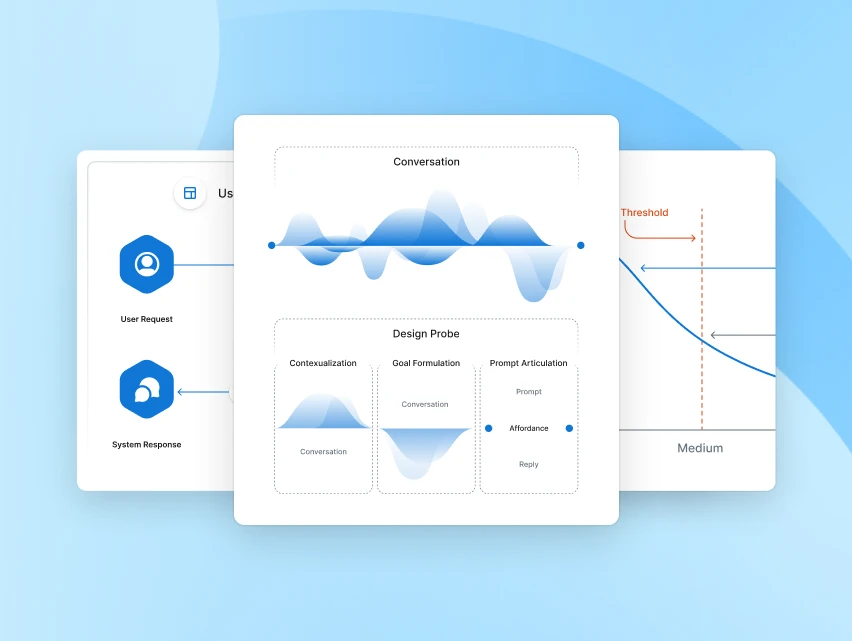
Cobus Greyling
Nathan Schlaffer
Artificial Intelligence
October 28, 2025
6 Min

Introduction
As generative AI reshapes workplaces worldwide, a chorus of studies—from Stanford's labor market analysis to MIT's insights on "Shadow AI"—paints a clear picture…
AI in the workplace isn't about replacing humans with machines, but about forging mutually beneficial working relationships that will dramatically transform the job market and how we fundamentally work today.
Workers as intuitive guides to AI's potential and pitfalls
Workers aren't passive observers; they're the canaries in the coal mine, intuitively grasping when AI amplifies their strengths and when it falls short, offering real-time signals on AI in the workforce. For example, employees naturally understand ChatGPT can write emails and documents faster and with higher quality than human writers, but they have had to grasp with the common issues with AI adoption like hallucination and data accuracy.
A 2025 Stanford study using ADP payroll data from millions of employees reveals early cracks in AI and employment: entry-level roles in AI-exposed sectors like customer service saw a 6% employment dip for ages 22-25 since late 2022, while more experienced workers didn’t experience the same drop in employment. This implies that AI will disproportionately impact entry level jobs because simpler tasks are easier to automate with AI. On the other hand, careers that require deep domain expertise or physical labor will be harder to replace with AI.
Yet, this isn't wholesale displacement—it's a call for thoughtful integration that considers how AI can complement humans and work alongside humans to boost productivity, ensuring the future of employment evolves equitably.
Drawing from recent research on agentic workflows and human-AI collaboration, let's explore how AI can evolve from a tool to a teammate, ensuring no one is left behind in the automation future of work.
Agentic workflows for collaborative efficiency
At the heart of this evolution are agentic workflows, which blend AI's autonomy with human oversight to tackle complex tasks without overreaching, directly influencing how will AI change the future of work.
Traditional AI agents often falter in real-world benchmarks, resolving just 24% of tasks at a steep cost of $6.34 per attempt, as one 2025 evaluation showed.
Instead, agentic workflows introduce graduated agency: starting with human-led conversations to build context, then layering in AI for goal-setting and execution, all under supervision.
A design probe study with 16 users iterated a simple chat app powered by a small language model, revealing three core stages—contextualization, goal formulation, and prompt articulation.
This human-in-the-loop approach slashes ambiguity in fleeting interactions, where users juggle wide AI capabilities against vague needs.

Balancing autonomy demands vigilance in AI automation and the future of work.
While AI agents can plan, reason, and wield tools like APIs or browsers by scraping market data or drafting emails, their accuracy hovers at 14-35% in industry-wide benchmarks like OSWorld or S2.
Overfitting data to benchmark tests inflates hype about AI, but as you add real-world complexity (vision integration, multi-step reasoning) from enterprise use cases, AI operating costs and errors tend to spike.
Human supervision provides the guardrails: clarifying ambiguities, verifying outputs, and intervening on missteps.
A taxonomy of 60 benchmarks from 2019-2025 underscores this—AI agents with speech recognition hit 95% human parity by 2017, yet general AI agents lag behind even human performance levels.
The fix?
Modular frameworks for granular control, ensuring AI scales without unchecked autonomy in the future of workplace.
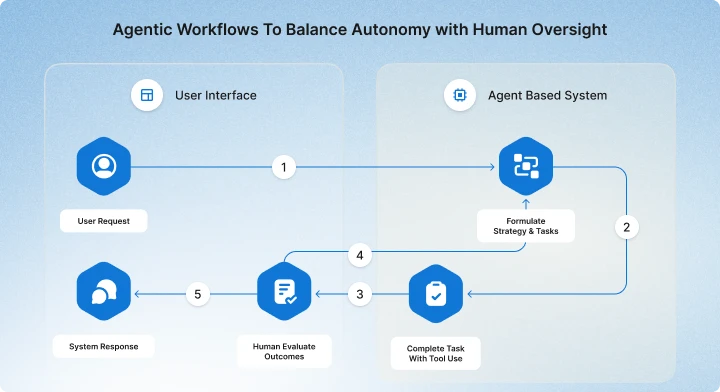
Bridging productivity gaps and real-world adoption
But does this augmentation substitute or elevate workers?
Studies say the latter: AI compresses productivity gaps, supercharging novices most and reshaping the future of workplace dynamics.
Jobs aren't monolithic tasks; they're skill orchestrations blending decision-making (diagnosis, planning) and action (execution).
AI shines at repetitive actions—boosting customer service resolutions by 14-36% per hour for low-skilled reps—but stumbles on emotional nuance or strategy.
Pairing human intuition with AI precision yields "superadditive" results: low-decision workers hit success thresholds faster, narrowing the chasm to veterans.
IMF projections flag 40% of jobs at risk, yet evidence from Yale and others points to redefinition, not erasure—especially via complementary profiles where AI handles execution while humans steer, illuminating AI and the future of work.
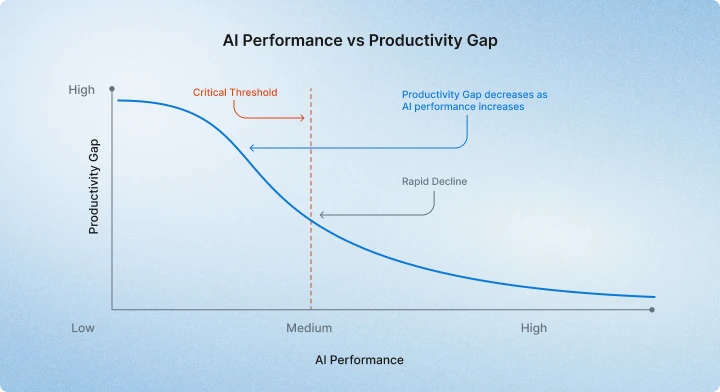
When AI assistance performance exceeds the threshold, the productivity gap between workers shrinks significantly, suggesting that AI can be a powerful equaliser in workplace productivity. X-axis (AI Performance): This represents how well the AI assistant performs relative to workers. The critical point is the threshold where the AI’s performance advantage over lower-skilled workers becomes significant enough to matter. Y-axis (Productivity Gap): This represents the difference in productivity between higher-skilled and lower-skilled workers. A high value means there’s a large gap between what high-skilled and low-skilled workers can accomplish, while a low value means the gap is smaller.
Workers, it turns out, are ahead of the curve. MIT's "Shadow AI Economy" captures employees sidestepping clunky official tools for personal LLMs—46% adoption by mid-2025—because they spot "good AI": reliable, non-intrusive collaborators that enhance AI in the workforce.
Early-career jobs were hit by AI hardest, often replaced by AI agents who can perform manual, repetitive tasks better than humans.
This spectrum—from task augmentation to full automation—guides ethical rollout, preserving tacit knowledge that schooling can't instill.
Challenges persist: integration costs, over-reliance stifling growth, unstructured environments exposing AI limits. Yet, as young workers signal via stagnant growth, the path forward favors collaboration over conquest in the future of employment.
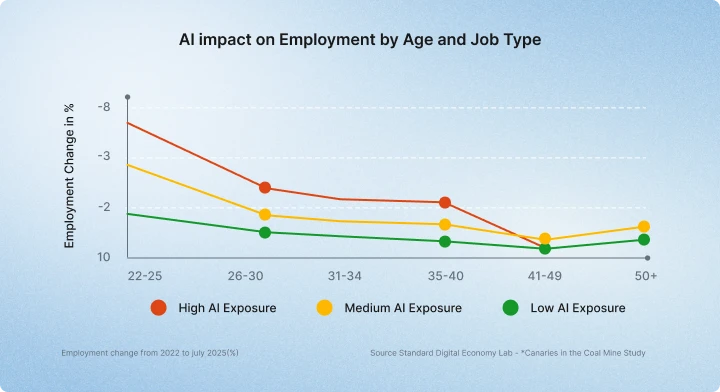
Kore.ai and the future of AI-driven work
In this landscape, Kore.ai stands as a beacon, pioneering enterprise Agentic AI that embodies these principles of AI in the workplace.
The Kore.ai Agent Platform deploys governed autonomous AI agents for work, service, and processes, earning a 2025 Gartner Magic Quadrant leadership spot for enabling multi-agent systems with transparency and inclusivity.
A global survey reveals 31% of organizations prioritizing workplace AI for efficiency gains—Kore.ai delivers via lighter, cost-effective AI agents, automating workflows while amplifying human output.
From resolving complex queries 30% faster to scaling beyond pilots into measurable ROI, their responsible AI framework ensures ethical augmentation, turning studies' warnings into workforce wins. As AI redefines work, Kore.ai proves: the future belongs to those who listen to workers' specific use cases and build AI agents accordingly.
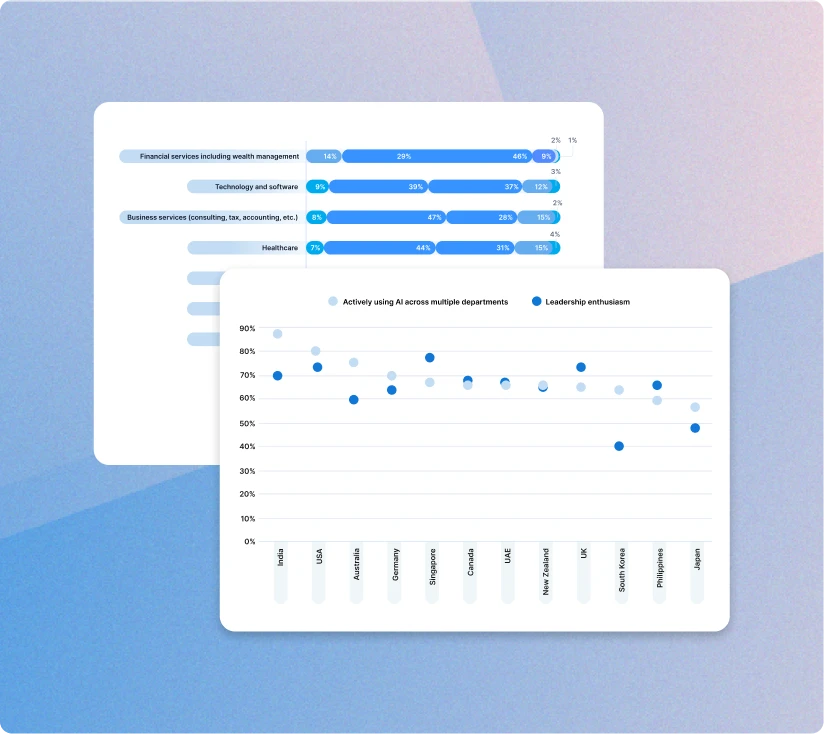


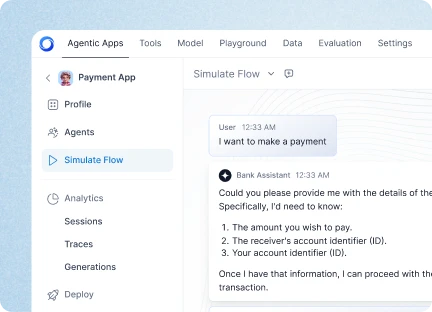

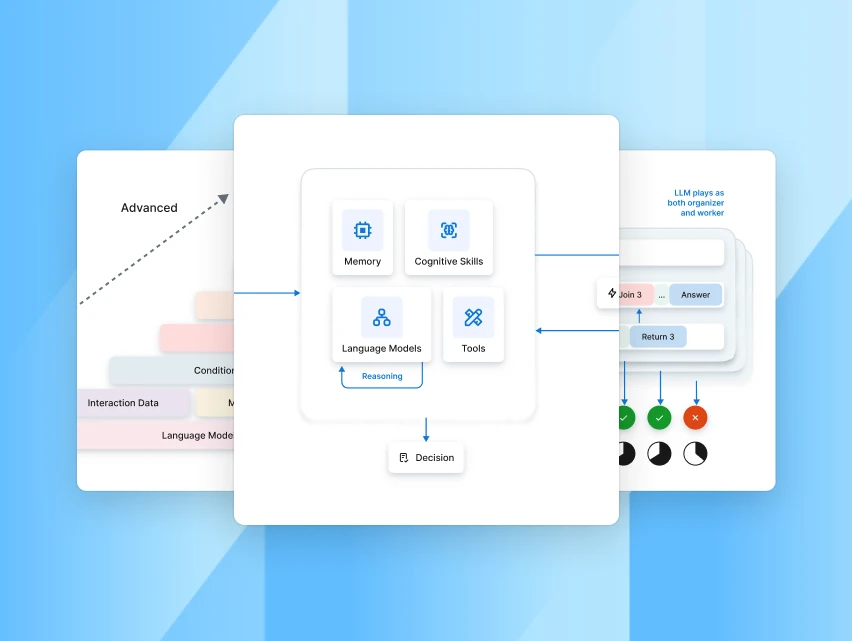

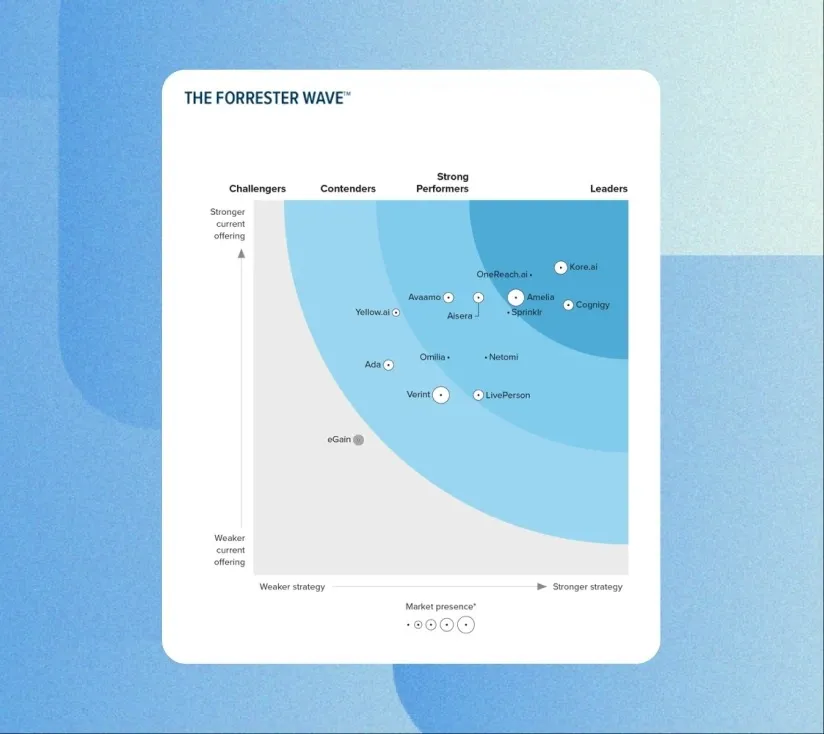


.webp)